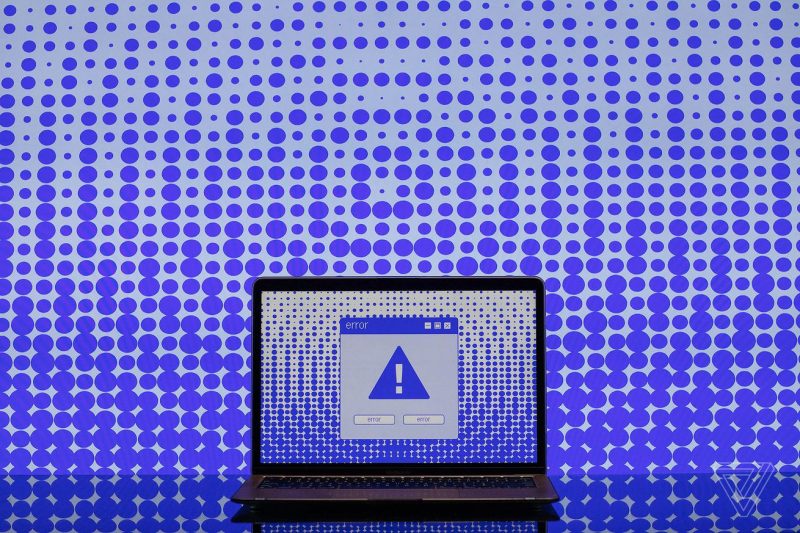The recent discovery of a serious Wi-Fi vulnerability has raised concerns among Windows PC users worldwide. This security flaw, known as SeriousSAM, allows attackers to gain unauthorized access to sensitive data on affected systems. To mitigate this risk, it is crucial for all Windows users to promptly update their operating systems with the necessary security patches.
Understanding the Severity of the Vulnerability
The SeriousSAM vulnerability, formally identified as CVE-2021-36934, poses a significant threat to the security of Windows PCs. This flaw enables malicious actors to bypass Windows’ security restrictions and gain privileged access to critical system files, including the Security Account Manager (SAM) database. By exploiting this vulnerability, cybercriminals can potentially exfiltrate sensitive user data, compromise system integrity, and even establish persistent access to the compromised system.
Implications of Inaction
Failure to address the SeriousSAM vulnerability can have dire consequences for affected Windows users. Without the appropriate security updates, systems remain vulnerable to exploitation, placing personal and confidential information at risk. Cybercriminals may exploit this flaw to orchestrate sophisticated attacks, such as ransomware deployments, data breaches, and identity theft. Moreover, the longer this vulnerability remains unpatched, the greater the likelihood of widespread exploitation and harm.
The Importance of Timely Updates
To safeguard Windows PCs against the SeriousSAM vulnerability and other potential threats, users must prioritize the installation of security updates provided by Microsoft. These updates contain patches that address known security vulnerabilities, including CVE-2021-36934, ensuring that systems are fortified against exploitation by cybercriminals. By staying current with software updates, users can significantly enhance the security posture of their devices and reduce the risk of falling victim to malicious activities.
Best Practices for Updating Windows PCs
To update Windows PCs effectively and mitigate the SeriousSAM vulnerability, users should follow these best practices:
1. Enable Automatic Updates: Ensure that Windows Update is configured to download and install updates automatically. This setting helps keep your system secure by promptly applying the latest patches released by Microsoft.
2. Check for Updates Regularly: Periodically check for updates manually to ensure that your system is up to date with the latest security fixes. Navigate to Settings > Update & Security > Windows Update to search for available updates.
3. Install Security Patches Immediately: When updates addressing critical security vulnerabilities, such as CVE-2021-36934, become available, prioritize their installation to protect your system from potential exploitation.
4. Restart Your System as Needed: Some updates may require a system restart to take effect fully. Be prepared to restart your computer when prompted to complete the update installation process.
5. Stay Informed: Stay informed about emerging security threats and vulnerabilities by monitoring official sources, such as Microsoft’s Security Updates page and advisories from cybersecurity organizations.
By adhering to these guidelines and maintaining a proactive approach to security updates, Windows users can fortify their systems against the SeriousSAM vulnerability and other cybersecurity risks. Remember, cybersecurity is a shared responsibility, and every individual plays a crucial role in safeguarding the digital ecosystem.

